
At Home With Nature: What is Biophilic Design, and How Can I Incorporate It Into My Space?
Share
What is biophilic design?
Biophilic design is the principle of incorporating nature into the design process and styles of your space. This can range from the architecture and urban planning in a neighbourhood to the decorative styles and pieces you fill your home with. Biophilia is defined as ‘an innate affinity of human beings with the natural world’, and focusing design choices around this concept can enhance our wellbeing and promote sustainable choices and appreciation of nature.
What are the benefits of biophilic design?
If biophilia is an innate drive to connect with nature, then our technological advances and growing detachment from the natural world through our built environment could be having negative effects on us. Shifting to focus on biophilic principles in our homes could counteract this to create better outcomes and improve our wellbeing.
Wellness
Biophilic design can reduce stress levels and improve mood, lower blood pressure and increase productivity. It’s often referred to as having a healing effect, particularly within architecture and urban planning. In fact, increased exposure to tree canopy reduced chances of ‘psychological distress’ and improved community mental health.

Something as simple as repotting a houseplant can reduce ‘physiological and psychological stress compared with mental work’ to create feelings of comfort. By bringing natural elements into a space through plants and use of light and ventilation, we’re provided with a constant connection to essential stress-relieving effects.
Sustainability
While biophilia and sustainability aren’t inherently the same, they both promote natural environments and support wellbeing. Using natural materials in a space is generally a more sustainable option and creates a deeper sense of connection to nature for individuals. This in turn can improve awareness and interest in environmental issues and sustainable practice to improve our relationship with nature on an individual and community level.
Examples of biophilic design
Incorporating nature and biophilia is a popular design choice, and can be seen in homes, workspaces, and public places everywhere. Below are some of our favourites.
1. Maggie’s, Yorkshire – Cancer support charity
The Maggie’s centre in Leeds was designed by Heatherwick Studio, who wanted to create a space that was ‘soulful and welcoming’. They utilised biophilic architecture and design throughout, using only natural and sustainable materials and making plentiful use of plants in the rooftop garden.
2. Compound House – Singaporean home
Compound House sits on an otherwise modest street in a row of houses dating from the 1950s. Architect Ling Hao worked with the family who reside there to create an open, inviting space, filled with organic curves and natural light. Timber and concrete combine to create a space that isn’t completely closed off to the outdoors, and instead leans into inviting nature in.
3. The Cork Studio – London studio
Studio Bark challenged themselves to create a zero waste, low cost, robust studio which uses cork as the primary structure. Not only did this remove the need for frames, linings, membranes, and other materials to create an almost completely biodegradable building, it also created a beautiful liveable structure with its own live-in sycamore tree!
How can I incorporate biophilic design into my home?
Incorporating environmental features can create a sense of connection with nature. This can include utilising plants and natural materials, as well as using colour, space, and light to promote wellbeing. Bringing nature closer doesn’t have to be a difficult or extensive process, and even small changes can create a more positive environment.

Biomimicry uses nature as a model in the design process to emulate shapes, structures, materials, and processes. It’s not a new idea; humans have studied and copied animals and other natural processes to better equip themselves to different environments and come up with effective solutions to problems for millennia. From Da Vinci’s flying machines inspired by the flapping of avian wings to the slime mold inspired rail network in Tokyo, we have always looked to nature for answers and inspiration.
Organic shapes and forms can emulate the natural world and easily be integrated into the design of our space. Increasing the natural light in a space through considering the orientation of windows and skylights can add to biophilic design. If you’re already in a built space that can’t be changed, consider increasing the use of reflective surfaces to maximise light, or use light, linen curtains around existing windows to improve the daylight. This use of natural materials can also extend to furniture or decorative pieces; stone, glass, or wood can be used to create a more organic environment, as can seagrass and rattan.

Conclusion
In conclusion, biophilic design is a powerful approach to creating spaces that foster a deeper connection with nature, ultimately benefiting our well-being, productivity, and mental health. By incorporating natural elements, materials, and light into our homes or workspaces, we can enhance our environment in ways that promote comfort and sustainability. Even small adjustments can significantly improve our daily experiences, reminding us of our innate affinity for the natural world and encouraging a healthier, more mindful lifestyle.
Related Posts
-
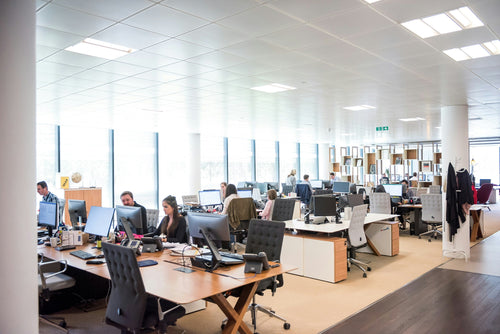
How to Improve Cognitive Function and Avoid Sick Building Syndrome
When self-reflecting and looking for self-improvement, considering your cognitive function can be a great place to st...
-

Going for Gold
Fun With Fans Back in May we had all of the fans that live within Briiv Pro arrive and apart from a fright we had wh...
-

Save Money, Live Sustainably: Practical Tips for an Eco-Conscious Lifestyle
In today’s world it feels like there are a million ways to be more ethical in our purchases, which feels like a milli...
-

Christmas Shipping 2024
Hi everyone, As we close in on the end of the year, we've listed below the advisory last posting dates for Briiv: ...
-
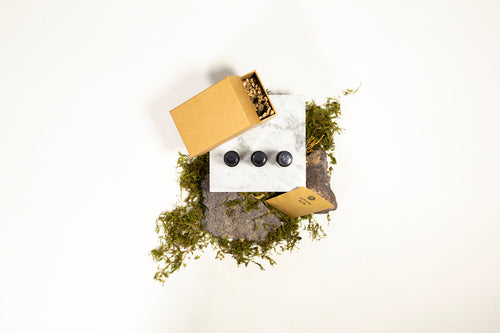
Briiv Fragrances; add fragrance to your home with new Briiv essential oils
Briiv 2 and Briiv 2 Pro have a built-in fragrance diffuser, so that after the harmful pollutants have been removed fr...
-
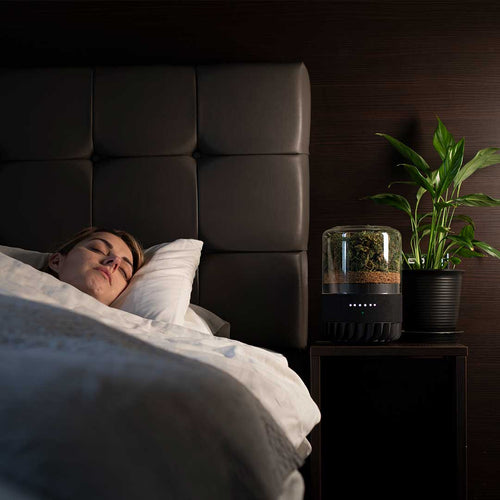
How to Get a Better Night’s Sleep
A good night of sleep is crucial to support your health and wellbeing. While a one-off late night or restless evening...
-
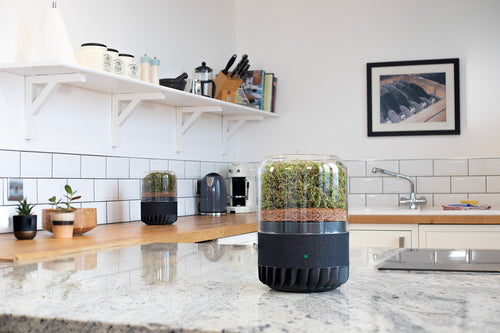
How to build a Briiv System
With Briiv 2 Pro you can build a mesh network of small and powerful air purifiers that work in unison to automaticall...
-

How Air Purifiers Can Help Remove Smoke and Odours During BBQ Season
As the weather continues to get warmer there’s nothing better than getting outside and cranking on the BBQ, but while...
-
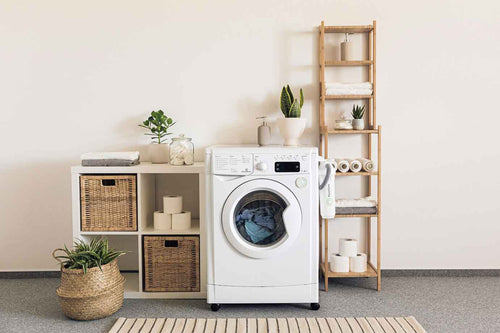
How to Save Energy: Tips for Reducing Your Consumption and Bills
We all know how important it is to save energy; from cutting down on your bills to reducing fossil fuel emissions, en...
-

How To Measure Your Space for an Air Purifier
In the world of air purifiers (and trust us, it’s a pretty extensive world) it can be overwhelming to decide what’s r...
-
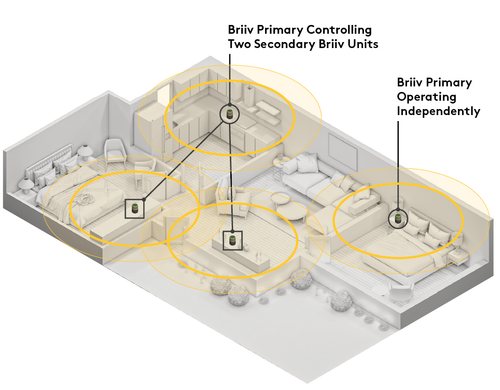
Behind Briiv Pro
Prototyping And Designing The Electronics We wanted to share some behind the scenes of developing the electronics tha...
-
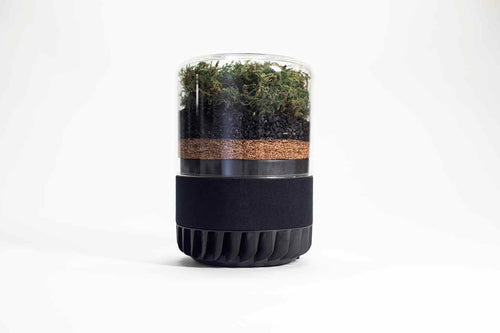
Smelling Great
A Close Look At The New Briiv Aroma We have had a few questions about how the fragrance part works in Briiv Pro, so...
-

Pollen Protection: How Air Purifiers Can Help You Survive Allergy Season
It’s that time of year; the sun is starting to show itself, we’re creeping into Spring, and we’re stocking up on anti...
-
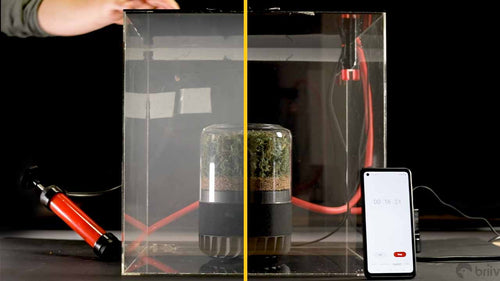
Briiv Pro vs. Smoke
Fun With Metal Back in December we started machining the electrodes that are going to be used to spark erode the tool...
-

How To Freshen Up Your Home
As the days are getting longer and the weather’s improving, we really are finally saying goodbye to Winter. And what ...
-

Aerosols: What are they, where are they from and where do they go?
Aerosols are everywhere in today’s world; be it your morning deodorant and a spritz of hairspray, or your everyday ai...
-
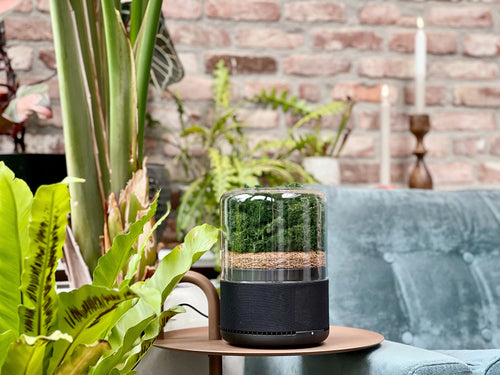
Will an Air Purifier Improve My Health?
There are plenty of reasons you’d want to bring an air purifier into your life, whether you’re wanting to remove unpl...
-
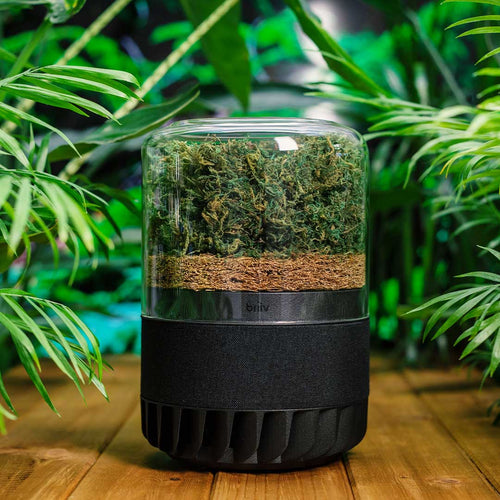
Welcome to Briiv Pro!
As it's our second time on Kickstarter, we're looking to do things a little different through this campaign and want ...
-

Christmas Shipping 2023
Hi everyone, As we close in on the end of the year, we've listed below the advisory last posting dates for Briiv: In...
-
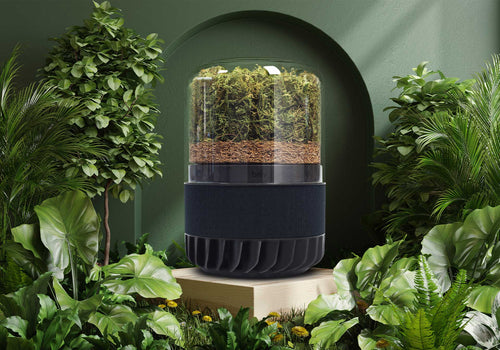
Briiv Pro has Launched!
For a while now we've been exploring how to improve Briiv. With amazing feedback from our customers and community, al...
-

We Partnered with airQ
We recently partnered with the air quality monitor, airQ, to see how Briiv performed in a unique test environment. Br...
-
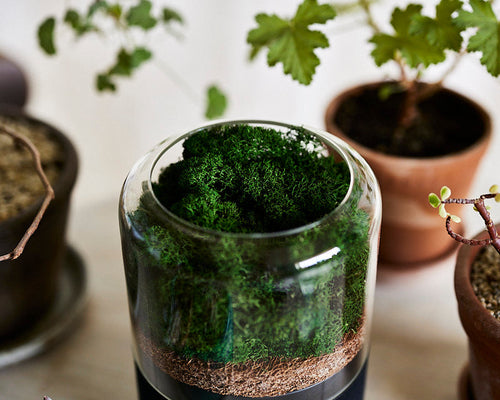
What's the deal with ozone?
With enough fear mongering online, it's understandable why you'd want to make sure your air purifier isn't actually ...
-

Caring for Briiv
Look after your Briiv so it can keep on looking after you. Your Briiv requires little to no maintenance, unlike s...
-

A Multi-Award Wining Product
Read what the experts have to say here! The idea of Briiv was born in 2019, and in the 4 years since then it's p...
-

Let's Get Social!
Whether you're into social media or not, you can benefit from learning a bit more about your favourite brands on diff...
-
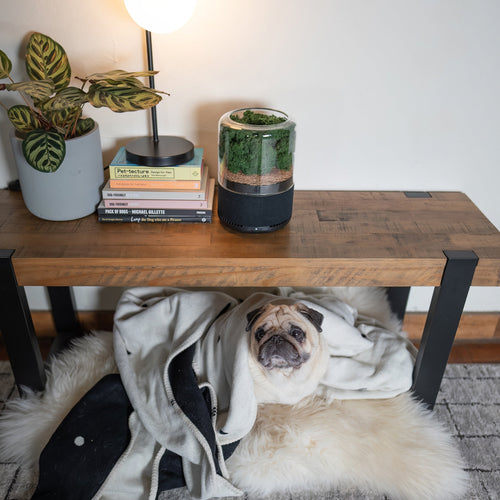
Allergies? We're All-over it!
Briiv can be your shield against a season of sniffles! It's allergy season and if you're a sufferer, you know exa...
-
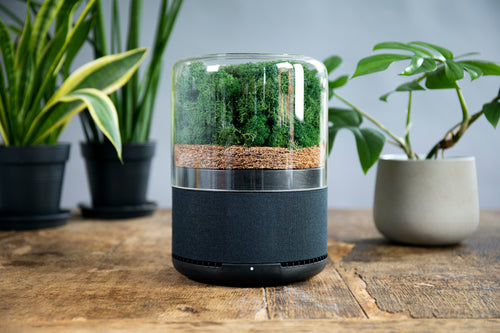
The Briiv Story (So Far!)
We’re all so proud here at Briiv of how far we’ve come over the past few years that we decided to take a look back at...
-
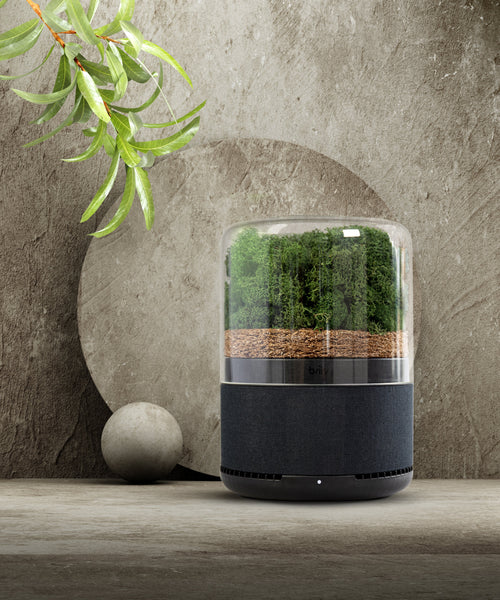
Briiv App: Trials and Tribulations
I wanted to just take some time and run through the challenges we have had and why it has taken us so long to get th...
-
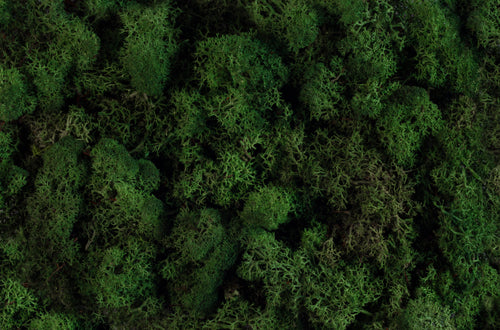
Eco Excellence Awards 2022
We’re so excited to share that we recently won not one, but two Eco-Excellence Awards in the Home Air Purifier catego...
-

B Corp Certified
As of August 2022, we are incredibly proud to say that Briiv is B Corporation certified! As a B Corp business, Briiv ...
-
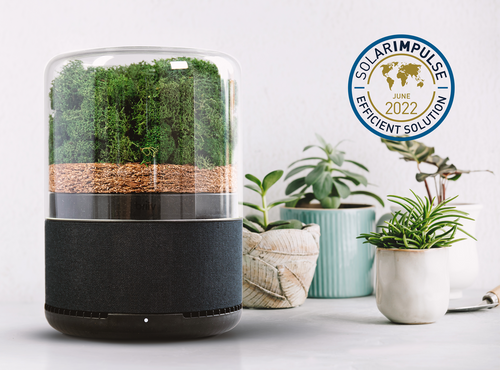
Solar Impulse Efficient Solution Label
The Solar Impulse foundation has collected over 1,000 clean and profitable solutions, and now Briiv is one of them. W...
-
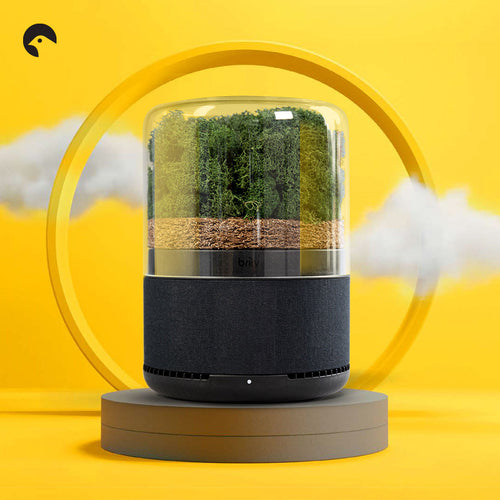
A Year in Review
Hello everyone! As we look back on the year, any attempt to sum it all up will be an understatement to say the least....
-
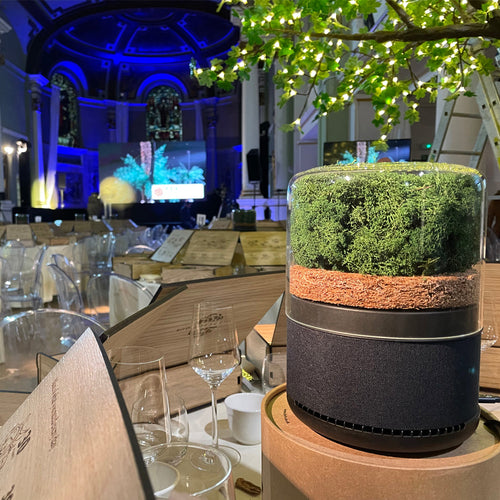
Briiv Goes to the P.E.A. Awards
This past weekend, we attended the P.E.A. Awards in Marylebone, London, the UK’s leading sustainability awards. The G...
-
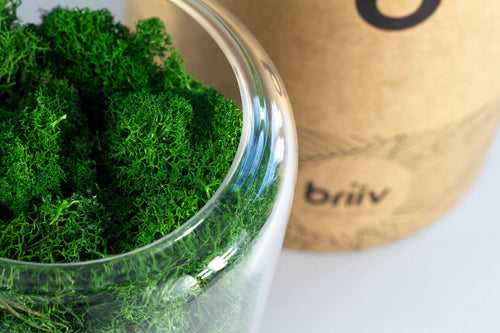
Embracing The Circular Economy and Designing Towards a Greener Planet: The Briiv Story So Far
Photo by Elena Mozhvilo on Unsplash The world we live in is filled with infinite wonder and incredible beauty, but ...
-

Fulfilment Plans & New Branding
Fulfilment Plans & New Branding Hello everyone! We're thrilled this month to be able to bring you news, that...
-

Production Update - June 2021
Hello everyone, It's time for our monthly update and you'll be thankful to hear the updated timelines we set ou...
-

The A' Design award
More Outstanding Recognition for briiv We are thrilled to announce we are the recipients of yet another prestigious d...
-

Red dot winner 2021
Award-Winning We're extremely excited to share the news that this last month, we won an award for the briiv Air Filte...
-

We're on track! / Carbon Neutral
Hello everyone, Production Update We hope you are all keeping safe and well. It's been a month since our last up...
-

Manufacturing Update - December
Hey everyone, We hope you are all well and want to say thank you for all your messages and support recently. We'...
-
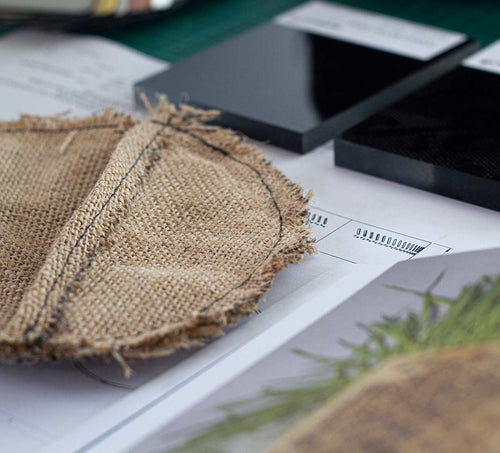
Inside Story, Production Update
Hey everyone! It's been a great few weeks for us as we begin to put into action our production schedule! We have a fe...
-

Plants. Do they actually clean my homes air?
Hi everyone! We're fast approaching the end of our Kickstarter campaign and we've really enjoyed your feedback and an...










































